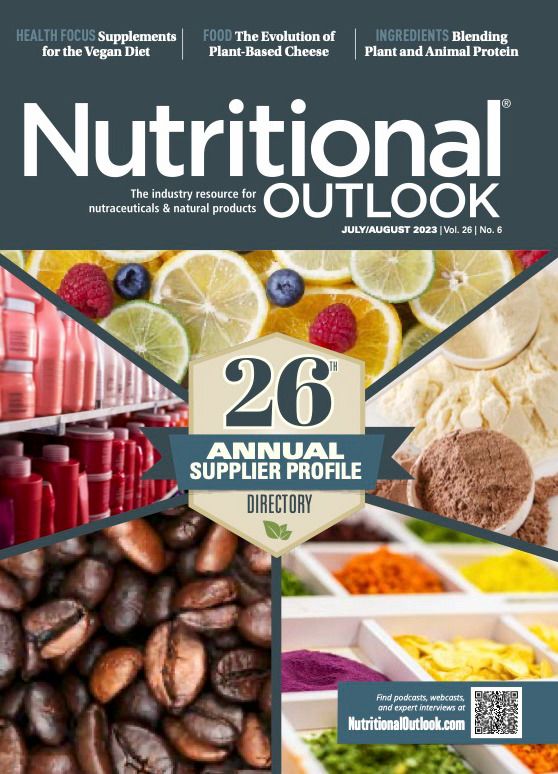How are supplement brands changing their product launch strategies post-COVID?
Here are some of the ways product lines are evolving.
The nutraceuticals market is seeing strong demand from consumers. But is that demand translating to new product launches? Are brands still feeling confident in the market to launch new products? Product line changes are a great source of intel on brand sentiment about the general market; as such, monitoring these changes is a priority for market analysts.
So how are product lines evolving? What do new product entrants tell us about the supplements market? Here are the product line trends that analysts are watching today.
Global Uncertainty Weighs on Industry
Brands don’t make product decisions in a vacuum. Myriad economic and sociopolitical factors influence brands’ product line decisions, whether it’s launching a new product or nixing an existing product. Some of the biggest factors weighing on brands today include the war in Ukraine, gas prices, cattle futures, supply chain shortages, and, of course, inflation, says Jessica Maniscalco, senior retail insights manager at market researcher SPINS. These factors are weighing heavily on manufacturers’ ability to produce, Maniscalco says. Thus, brands are prioritizing keeping existing bestselling items on the shelves.
“Shifting product line focus to balance core distribution and new innovation is delicate,” Maniscalco explains. “Retailers will have to closely monitor over the next 18 months. Inflationary pressure has continued to impact all aspects of the supply chain; shoppers’ budgets for groceries haven’t necessarily expanded. While there’s certainly interest in new products, shoppers need to be smart about how they spend their limited dollars.”
Brands Refocus on Core Products
The COVID-19 pandemic changed the way companies deliver products within their supply chains. At the start of the pandemic, most companies struggled to maintain inventory. This prompted companies to take a step back and evaluate where materials were coming from. With steep inflation cutting into shoppers’ wallets, many companies decided to not only refocus on their core offerings but also to reassess how to move forward, Maniscalco notes.
“A great example of how products are evolving is integrating functional ingredients,” Maniscalco says. “Shoppers are continuing to prioritize health, so they’re looking for food products that will provide satiety as well as added health benefits.”
Innovation has slowed somewhat as companies focus on taking more time to understand market trends, Maniscalco says. Rather than chasing each individual trend, companies are now evaluating the market to determine if trends are long-term and whether a particular product will still be relevant several years down the road.
“More companies are trying to incorporate third-party certifications as well,” Maniscalco adds. “Brands are focusing on the ‘better for you’ aspects of healthy living and sustainability. Sustainable packaging, animal welfare, and organic or upcycled ingredients are also drivers of purchases.”
Marketing Campaigns Get Emotional
The pandemic hasn’t just changed which products are available for purchase; it’s also changed how products are marketed. The pandemic helped companies understand the vast array of needs consumers have when they go to the supplements aisle, says Susan Mitmesser, PhD, vice president of science and technology at Pharmavite. The pandemic also made consumers examine their own health needs in deeper detail, she adds, which has created a desire among consumers to “benefit-stack” their products.
Furthermore, Mitmesser says, brands like Pharmavite’s Nature Made are connecting with consumers in an altogether different way. “Nature Made recently launched a new advertising campaign which marks a shift from Nature Made’s typical approach. Instead of showcasing health and wellness products in a functional way, the new campaign, ‘The Start of Something New,’ appeals to the emotional side of wellness.”
Will Innovation Slow?
While ingredient innovation has been strong in the industry, experts say that brands will soon shift focus away from introducing new products in order to focus on marketing existing products. Maniscalco says innovation has slowed in terms of product types and unique offerings; instead, brands are now concentrating on messages related to healthy living, sustainability, and animal welfare. These credibility-building social impact messages are driving changes in ingredient sourcing and packaging methods.
Product Lines Go on the Defensive
Emerging trends indicate that product lines are making a defensive play. Rather than introducing all-new products featuring novel ingredients, brands are increasingly relying on tried-and-true products with existing, built-in demand. With high inflation, supply chain shortages, and the war in Ukraine weighing on the market, companies are making safer bets in an uncertain climate. Expect product lines to show limited innovation in the near future as brands hedge against uncertainty.

Kaneka Nutrients to unveil new consumer research on menopausal women at Vitafoods Europe 2024
April 26th 2024The company will reveal the results of the research that is based on live feedback from 200 menopausal women who took 200 mg per day of Kaneka Ubiquinol over two-months, monitored the effects, and recorded their observations.
Rousselot to showcase new collagen peptide research and targeted solutions at Vitafoods Europe 2024
April 25th 2024The company will be highlighting new research that demonstrates the ability of its Peptan collagen peptide brand to support sleep quality, reduce gastrointestinal discomfort, and enhance skin health, including density, hydration, and elasticity.
